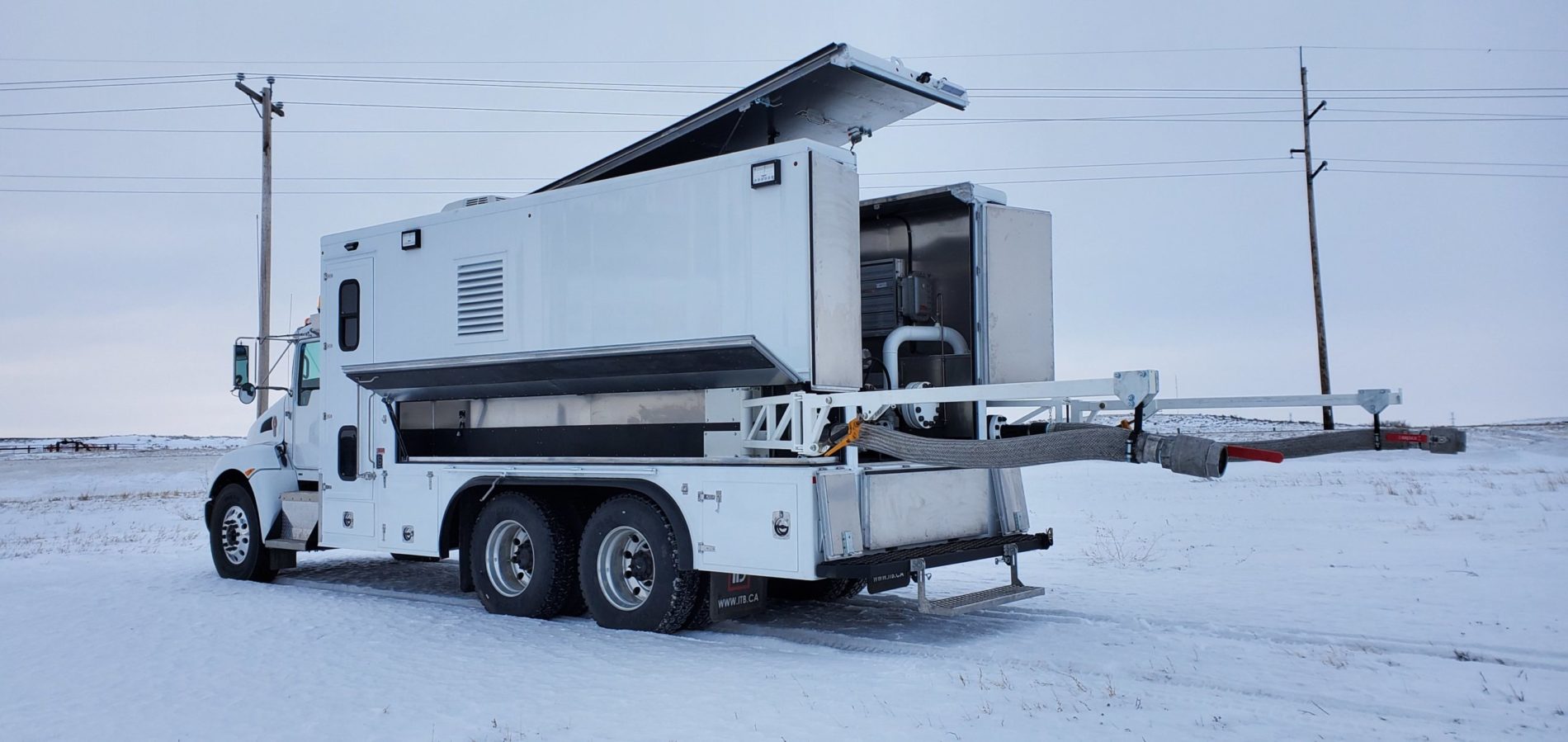
Proving Systems
A prover is an automated system that provides on-site calibration to ensure flow meters in service for fiscal and custody transfer applications maintain sustainable measurement performance as well as remain in compliance with industry standards. Since operating conditions can significantly change from the time a flow meter was originally calibrated, proving ensures optimal meter performance over the life of the meter. Ball, Compact and Master Meter proving are the most common types of provers in use today.
A ball prover or pipe prover, operates on the principle of the repeatable displacement of a known volume of liquid from a calibrated section of pipe between two detectors. Displacement of the volume of liquid is achieved by an oversized sphere/ball traveling through the pipe. Ball provers are available as unidirectional and bidirectional. The unidirectional prover allows the ball to travel in only one direction through the proving section and has an arrangement for returning the ball to its starting position. The bidirectional prover allows the ball to travel first in one direction and then in the other by reversing the flow through the displacement prover. This is done with a 4-way valve.
A compact or Small Volume Piston prover can be an alternative to pipe provers because of its portability, space and weight-saving advantages. The principle is the same as a sphere prover however displacement of the volume of liquid with a small volume prover is achieved by a piston which provides more accurate readings. The small volume prover (SVP) meets the same stringent uncertainty requirements for meter proving according to API. Smaller size, convenience, and a wide turndown ratio are some of the advantages of compact provers which can be easily mobilized to prove various meters around a site or multiple sites.
A master meter is a flow meter that is installed permanently or temporarily in series with a in service custody meter to confirm the accuracy of the in-service custody meter. A master meter is termed an indirect meter proving method as compared to a displacement prover, which is a direct proving method. The outputs of the 2 units are then compared and the duty meter factor is changed if necessary, to ensure that the volumetric output is in agreement with the master meter. The master meter is the primary standard and its calibration is sometimes verified with a ball or SVP prover.
These provers can be integrated on the metering skid, delivered on a separate skid or made portable on a truck or trailer. Let EPI&C help design your next metering skid, stationary or portable prover.
